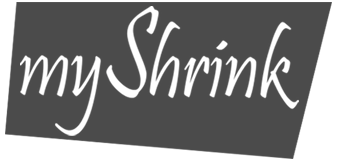When we're triggered, we often try to escape our discomfort by any means possible. This might involve distracting ourselves with busy work, leaving the current situation, attempting to change the person in front of us, or talking ourselves down by analyzing our reaction.
While these strategies sometimes offer temporary relief, they don't prevent the same trigger in the future. There is an alternative.
And, it offers a better chance of avoiding the trigger in the future.
